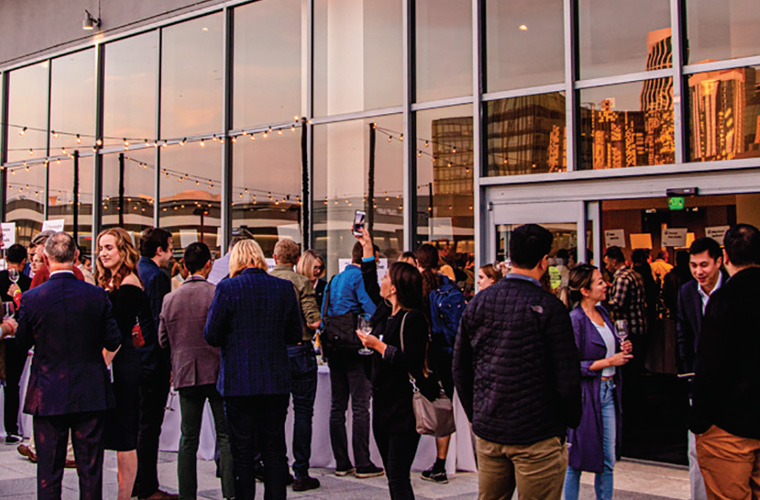

This year and last, fall has come early to the Berkshires. It’s not just the drought turning some leaves brown and coaxing some plants to seed. It’s the cool night air, the extra blanket on the bed, signs of the hibernation ahead, with spring a distant hope. Most years, I look forward to winter’s cold beauty and the joy it brings. This year, I’m looking forward to the spring thaw, to Easter and Passover.
“That’s Elijah’s cup,” my mother would say every year as she placed a cut-crystal glass filled with red wine on the Seder table. She never drank wine, but she always filled Elijah’s cup, opening the glass door to the backyard as if to invite a stranger in for dinner. She had told me that, if a stranger knocked on the door, we would let him in. That would be his glass. Cousins and grandparents arrived, but no strangers ever came to the door on Passover. The wine was just a symbol, an offer to connect.
In past years, my neighbors who live near a junction of the Appalachian Trail have welcomed strangers in for dinner, hikers stopping by with stories to tell. During the pandemic, they have regrouped. Now they welcome only close friends, and only for a glass of wine out on the porch. It’s the safest way for them to sustain face-to-face connections.
Wine is, in fact, one of the threads that keep our social fabric together, and we are dedicating this issue to the connections that wine builds. Long before it became a branded product, wine served as a social medicament. And it still does. Christians share wine at Communion. Jews raise a glass in Sabbath prayer. Friends open special bottles to enjoy with dinner. For this issue, we looked for ways that this gift of connection can draw us back together.
For more than a decade, our October issue has provided us a chance to connect with the restaurant community, in our Best New Sommelier poll. But restaurant closings and sommelier furloughs have made that project moot. So, we worked to point up the connections wine provides to the growing number of Black professionals in the wine community, many of whom have felt isolated in a lily-white industry for years. They have struggled—and continue to work— to raise the consciousness of our community about inequality and the forces that sustain it. By surveying them about the rising Black voices they hear in wine, we reconnected with some old friends and met many new colleagues who are excited to be connecting with each other over wine. And their excitement is contagious, in the most life-affirming way.
We also reconnected with old friends in the restaurant community about chardonnay, a category in the midst of a radical transformation. Reimagined in the coastal hills of California and Oregon, chardonnay is delivering new wines that are as mysteriously connected to their site as a great Burgundy might be. Three friends shared the kind of deep impressions they have personally experienced with chardonnay. And then they opened up about wines we sent them from our tastings for this issue, and wines grown here in the States that have captured their imaginations.
We are continuing to look for ways wine can connect us across the current tears in our social fabric. Many of us have found comfort in digital connections, whether by phone or computer. We look forward to sharing more soulful connections through open bottles of wine.


Joshua Greene is the editor and publisher of Wine & Spirits magazine.
This story appears in the print issue of October 2020.
Like what you read? Subscribe today.
















